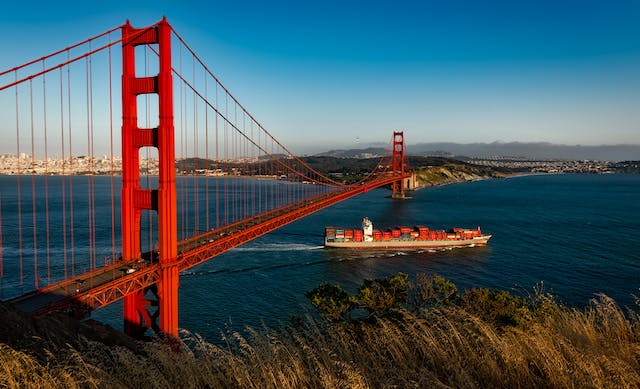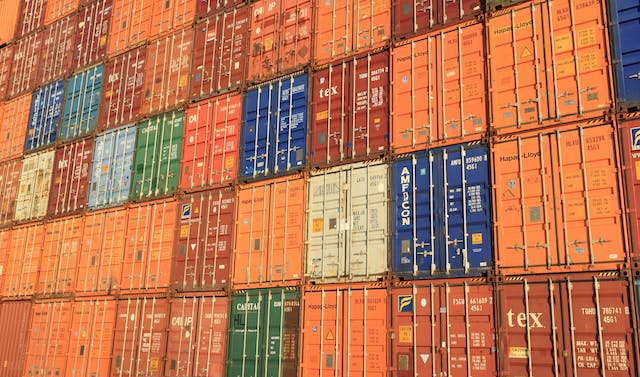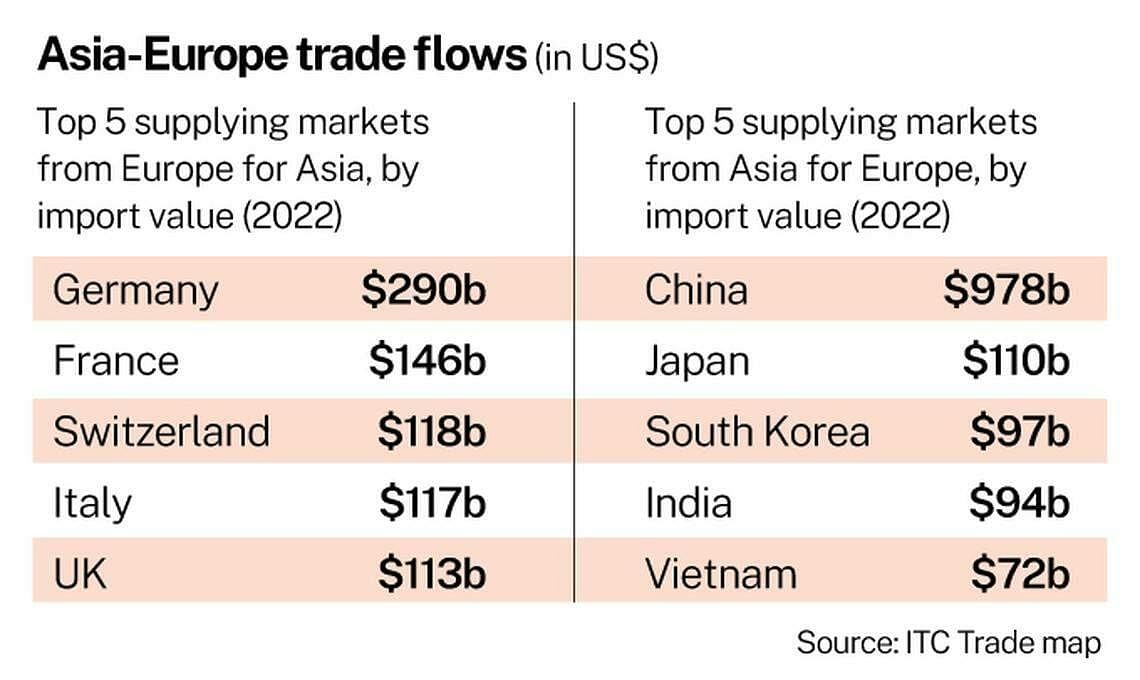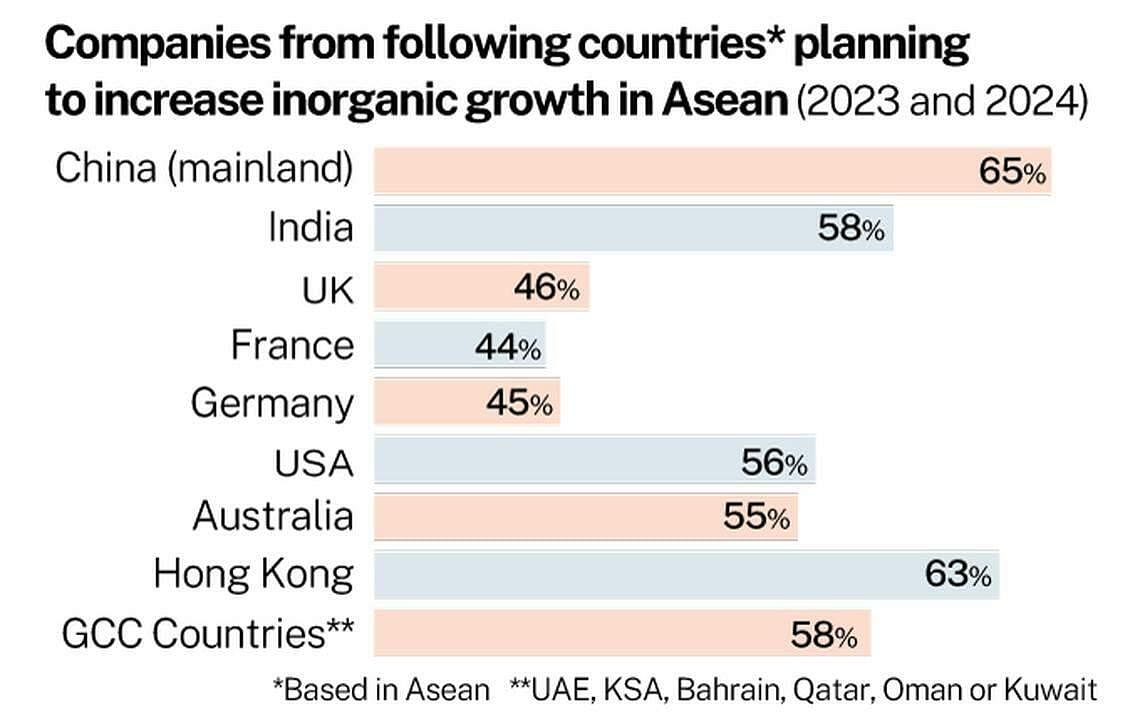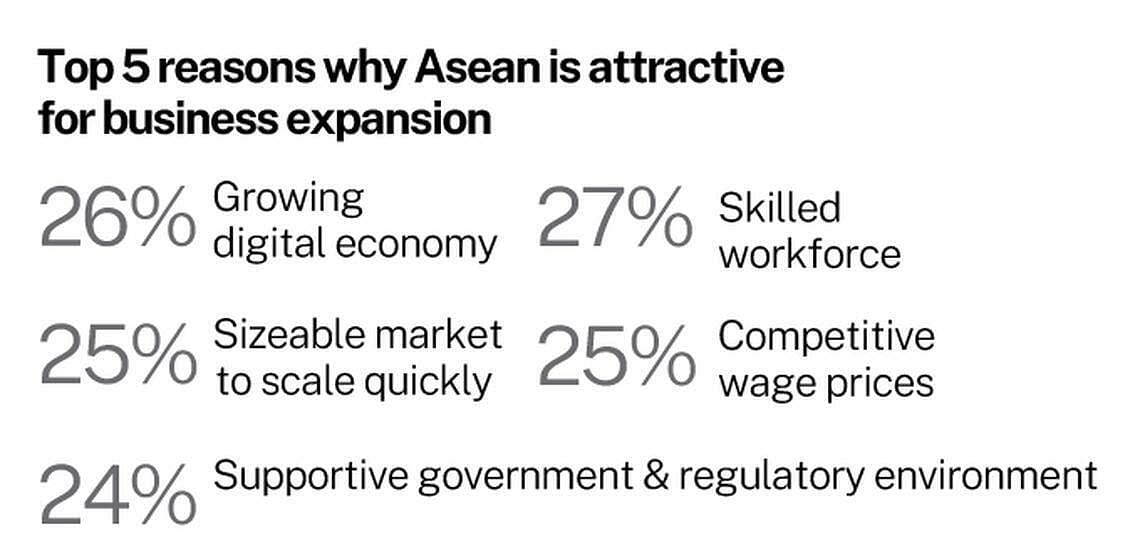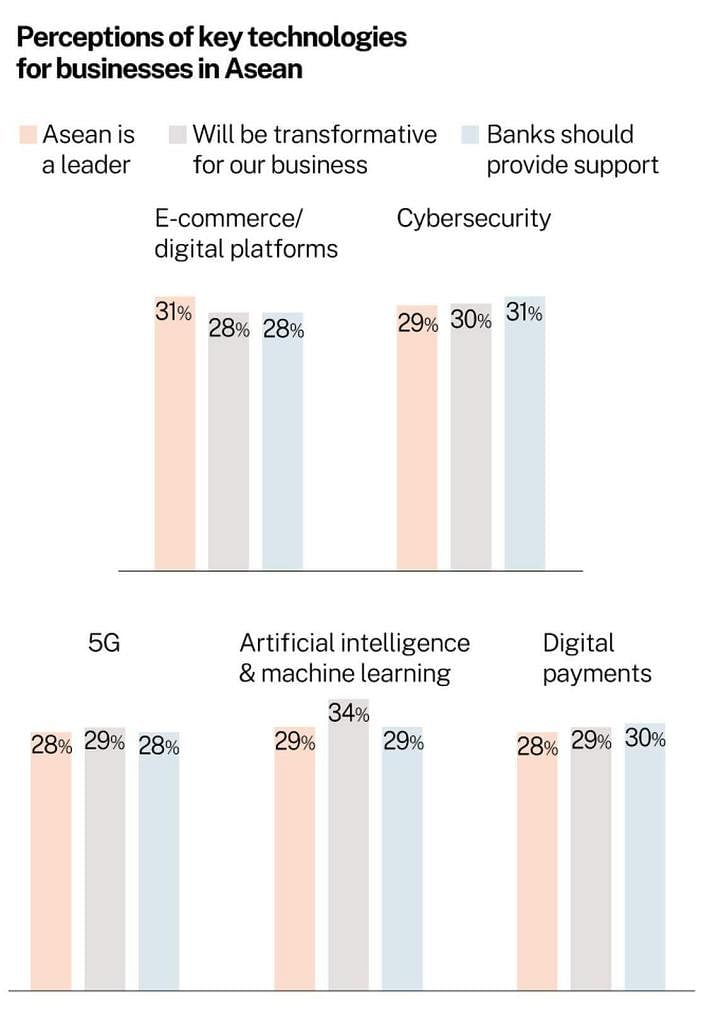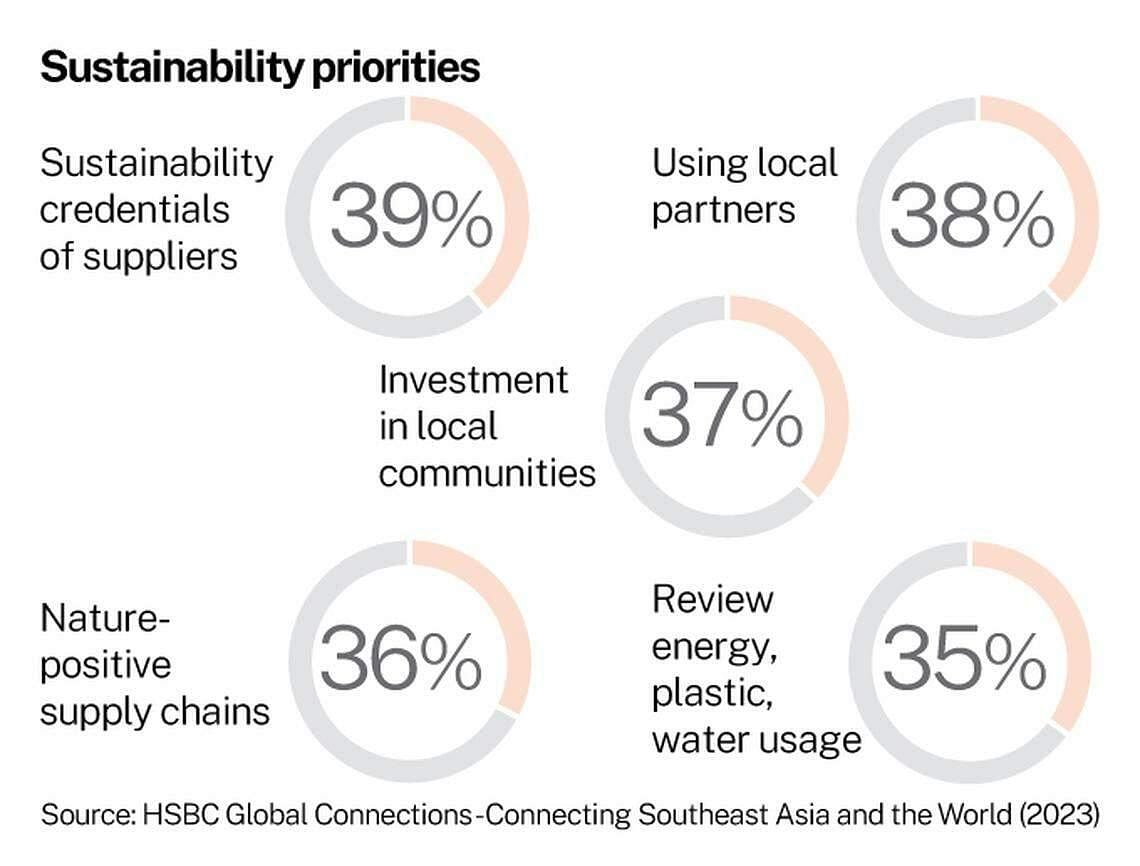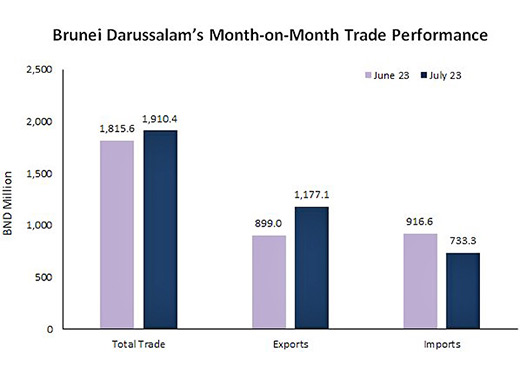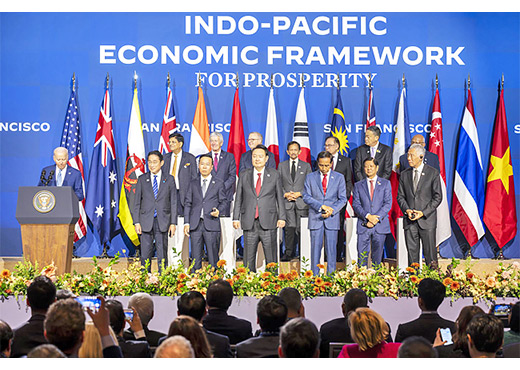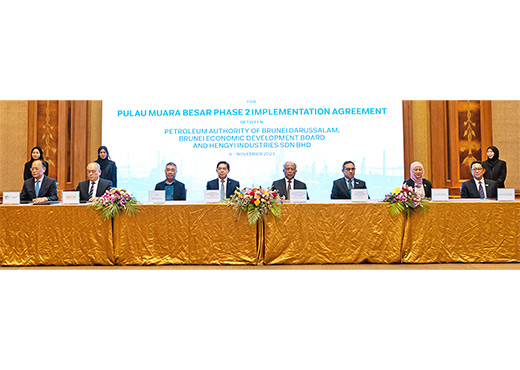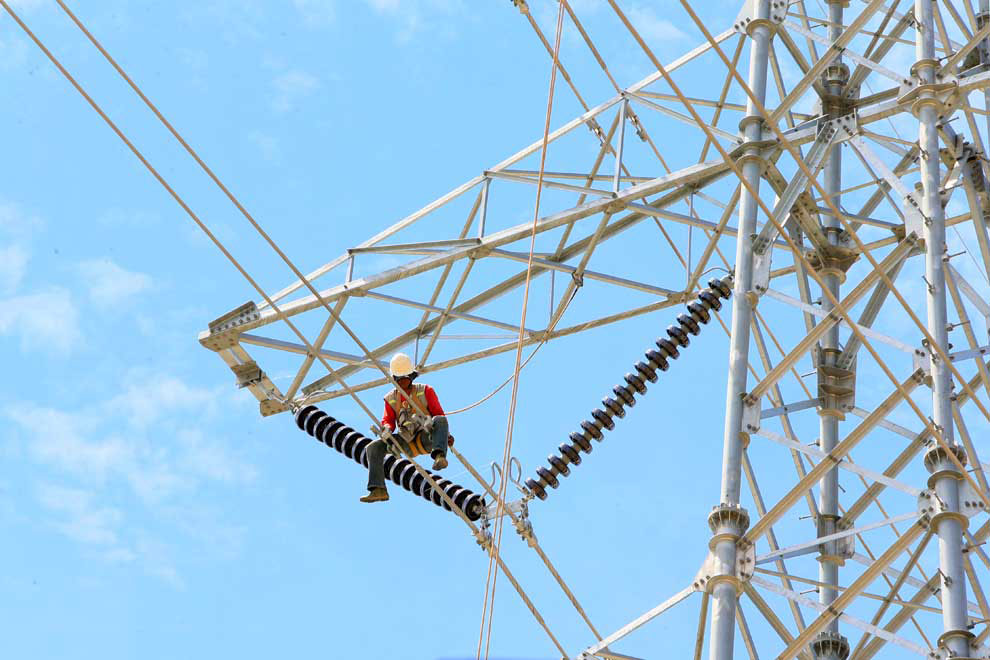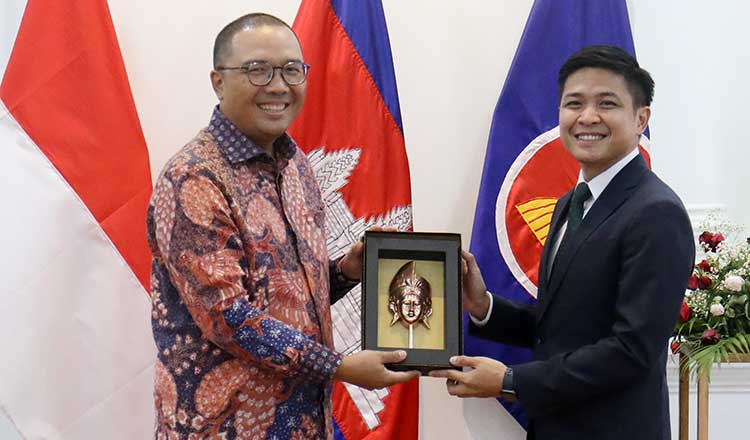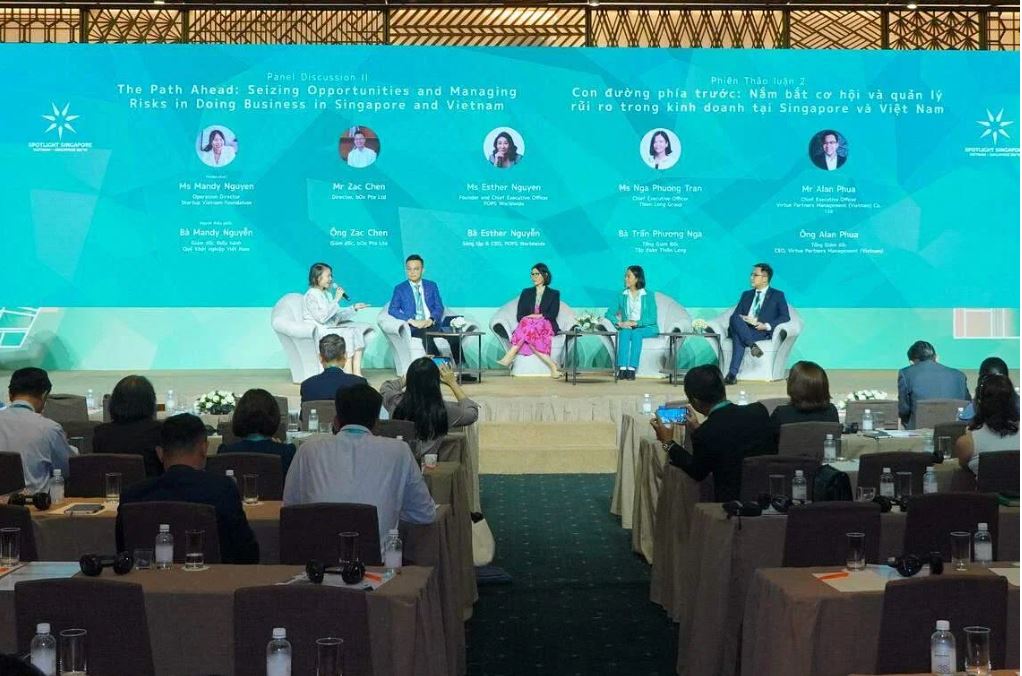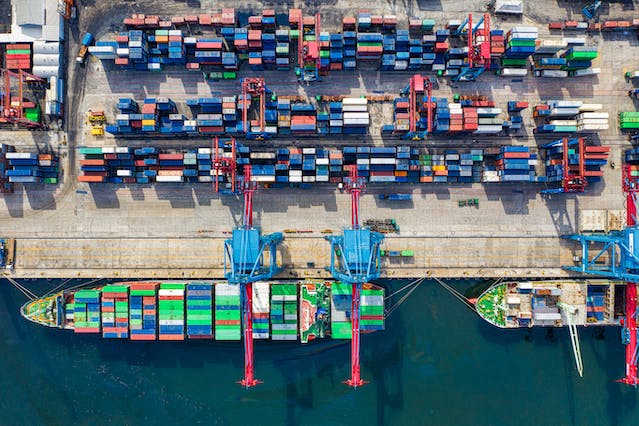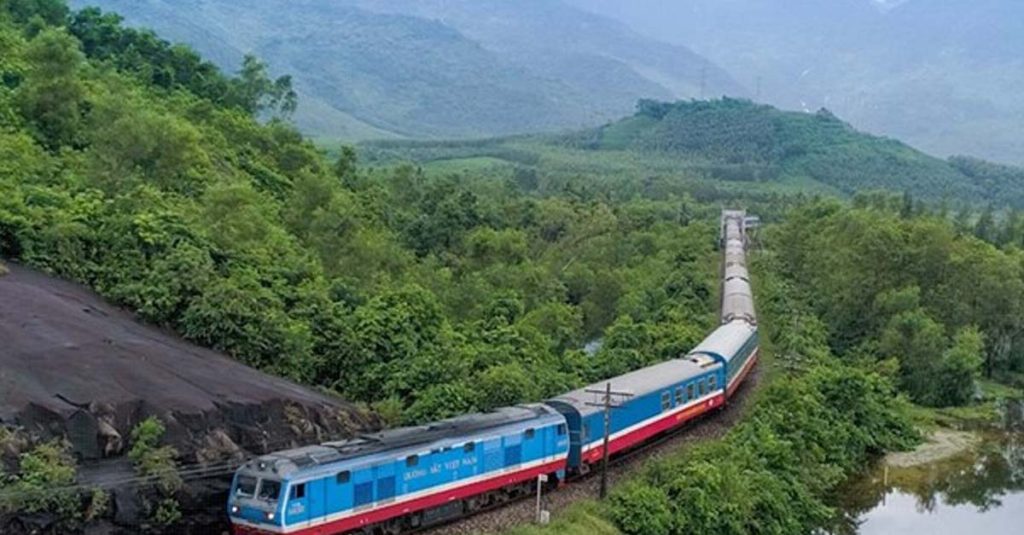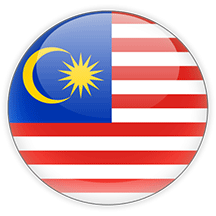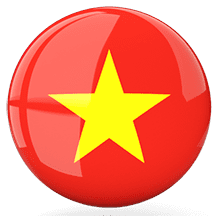THE United States has long been a global leader in technology and innovation, and for the last several decades, the San Francisco Bay Area has dominated the conversation. Today, the landscape is fast evolving, with the rise of other prominent startup hubs across the US – notably New York City, Austin and Boston in more recent years.
Still, the San Francisco Bay Area undoubtedly boasts the longest history in the tech industry. Silicon Valley, in particular, has seen the growth of tech giants like Apple, Google and Meta. So, what makes the Bay Area so special?
Even after all these years, the Bay Area continues to rank first across many notable global innovation and startup ecosystem rankings in 2023, such as those by Startup Genome and StartupBlink.
This is due, in large part, to its constant evolution in tandem with changes in the global startup and innovation scene. It is an ecosystem that has been meticulously cultivated over decades, with an established and solid foundation of research institutes, think tanks, venture capital (VC) and regulatory infrastructure.
Top-notch research institutions like Stanford University and the University of California, Berkeley, which are in close proximity, provide an available and diverse talent pool that feeds the ever-growing demand for innovation talent. Startups and companies also get to be active participants in cutting-edge research with these institutions that propel new innovations. This is supplemented by strong networks that companies get to connect to, share ideas and form new partnerships with.
Investment is another key building block of a successful startup ecosystem. The Bay Area’s high concentration of investors, corporates and specialised financial institutions mean the availability of smart monies for startups in the immediate area.
This is hugely appealing to tech startups. In fact, San Francisco topped Pitchbook’s Global VC Ecosystems ranking this year, with close to 2,000 funds and a fund value of over US$260 billion. In August 2023 alone, three startups raised US$100 million each in the Bay Area – cybersecurity startup Resilience, artificial intelligence startup Modular, and sales and martech platform Apollo.ai.
While incidents such as the collapse of Silicon Valley Bank in March 2023 did shake confidence initially, specifically in smaller financial players, the ecosystem has made a quick recovery – a testament to the strength of the Bay Area’s foundation.
Despite the overall economic downturn and funding winter, VC funding in the Bay Area remains strong.
According to Pitchbook’s 2023 Global VC Ecosystem ranking report, there is a sizeable gap between the VC ecosystems of San Francisco and other hubs. From the third quarter of 2017 to Q2 2023, US$364.5 billion was invested into San Francisco-based startups, which is almost twice the amount raised from the second-highest ranked city in the US. Singapore ranked fifth in Asia within the same period, with US$39.5 billion.
The US as an innovation and technology partner
Beyond startups, the innovators of the Bay Area continue to push groundbreaking advancements in deep tech across all sectors. For instance, San Francisco-based OpenAI launched ChatGPT late last year, taking the world by storm. Fuelled by both global demand and pressing societal issues, such as climate change and ageing populations, startups in the area have remained on the forefront of such much-needed technological advancements. The flow of talent, expertise and ideas have helped facilitate this.
Singapore companies, too, see the US as a great innovation partner, and have increasingly ventured there for growth.
In healthcare, the US has long been recognised as a mature and reference market. Singapore biomedical company Lucence first entered the US market in 2020, with support from Enterprise Singapore (EnterpriseSG), and has since posted several Singaporeans to its San Francisco facility.
The company chose the US largely because the relatively high acceptance of personalised medicine and liquid biopsy is shared by both US clinicians and regulators. Earlier this year, Lucence managed to secure Medicare approval for its diagnostic testing solution, bringing Singapore-grown technical expertise to scale in the US. Beyond making its solution more accessible to everyday Americans, obtaining Medicare approval also lends credibility worldwide, given the US’ position as a global leader in precision medicine.
Similar to personalised medicine, the alternative protein market in US is more developed and widely accepted, given the growing demand by consumers seeking more environmentally friendly products. In March, EnterpriseSG led a foodtech-specific mission for startups to explore opportunities in the Bay Area. Startups on the trip, such as ImpacFat which develops cultivated fish fat, were very interested to find research partners in the Bay Area to further enhance their product and concurrently look for investors.
Apart from startups, many large Singapore corporates have entered the Bay Area. In 2019, ST Engineering established an office for its corporate VC unit in Silicon Valley, as part of its proactive engagement with the startup ecosystems. Singtel set up a corporate VC arm in San Francisco to invest in promising startups with world class technology whose solutions could eventually be incorporated back at the group level or diversified into new growth areas.
Accelerating entry into the US
The journey from Singapore to the Bay Area is not without its challenges. To help Singapore companies gain a foothold into the Bay Area, EnterpriseSG established an acceleration programme through its Global Innovation Alliance (GIA) initiative in 2019. Working with in-market players like Plug and Play helps to open doors for Singapore companies and provides insights into navigating the complexities of starting in a new city.
We see greater opportunities for Singapore companies in the market, especially in healthcare and biomedical, sustainability, digitalisation, advanced manufacturing and more. To facilitate the growing demand from more Singapore companies looking to establish a presence in the Bay Area, EnterpriseSG recently opened its San Francisco office, located in San Mateo.
Together with our offices in New York and Los Angeles, the new San Francisco overseas centre will provide Singapore companies with customer insights, help them identify projects and connect with the right partners as well as navigate regulations.
The US and Singapore have always enjoyed close economic ties, and EnterpriseSG will continue to look out for new areas of cooperation to deepen our bilateral relationship.
The writer is executive director of Americas and Europe at Enterprise Singapore
Source: The Business Times. Link: Here

